Type Army/Marine Base Year built 1963 | In use 1963-1975 Province Thừa Thiên-Huế Province | |
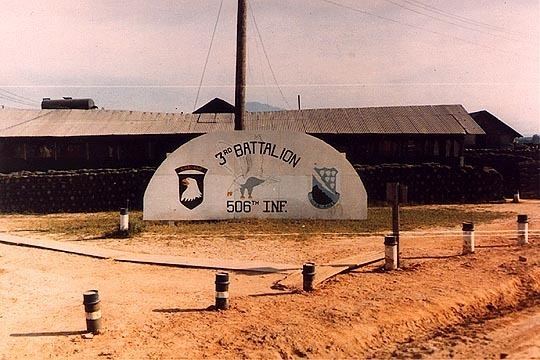 | ||
Condition Seized 1975 by PAVN, Now Civil Airport | ||
Army jeeps enter camp holmes at phu bai combat base during us 3rd brigade 82nd a hd stock footage
Phu Bai Combat Base (also known as Phu Bai Airfield and Camp Hochmuth) is a former U.S. Army and U.S. Marine Corps base south of Huế, in central Vietnam.
Contents
- Army jeeps enter camp holmes at phu bai combat base during us 3rd brigade 82nd a hd stock footage
- Aircraft taxis at airport in phu bai combat base during us 3rd brigade 82nd airb hd stock footage
- 1962 5
- 1965 7
- 1968
- 1969 72
- 1973 5
- 1975
- Current use
- In popular culture
- References
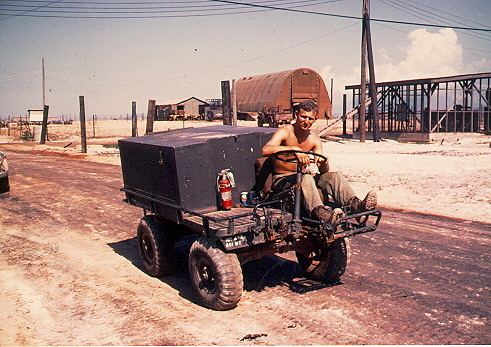
Aircraft taxis at airport in phu bai combat base during us 3rd brigade 82nd airb hd stock footage
1962-5
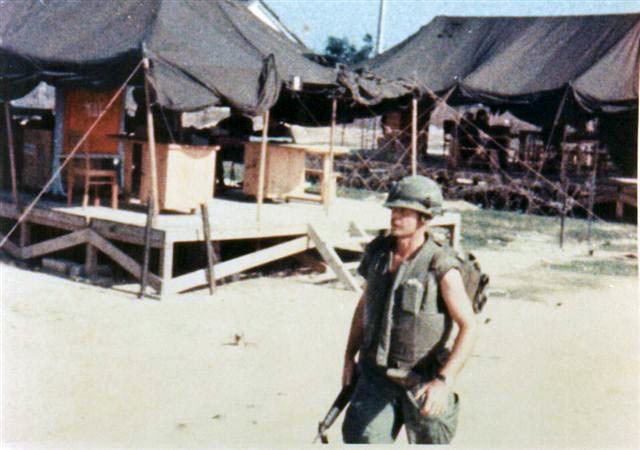
The Army Security Agency, operating under cover of the 3rd Radio Research Unit (3rd RRU), established a radio facility at Phu Bai in 1963, 12 km southeast of Huế on Highway 1. The operational unit was later redesignated as the 8th Radio Research Field Station (8th RRFS).
1965-7
In 1965, the U.S. Marine Corps established a base across Highway 1 from the 3rd RRU facility.

In late 1965, The 3rd Marine Division established its headquarters at Phu Bai and would remain there until late 1967, when it was moved forward to Đông Hà.
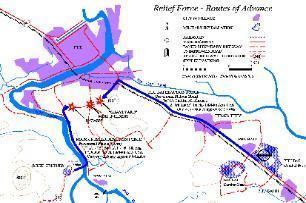
In late November 1967, the base was named Camp Hochmuth in honor of Bruno Hochmuth, Commanding General, 3rd Marine Division, who was killed in a helicopter explosion north of Huế.

In June or July 1968, U.S. Special Forces established Forward Operating Base 1 (FOB 1) at Phu Bai. The base remained in use until early 1969.
Marine units based at Phu Bai during this period included:
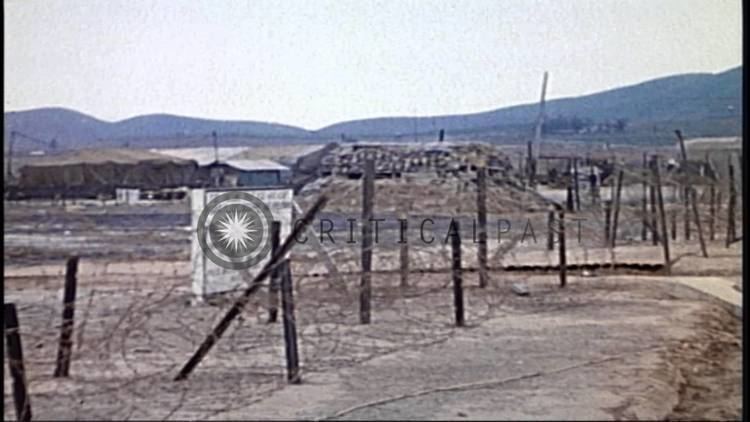
1968
On 30/31 January 1968, the base was hit by Vietcong mortar and rocket fire as part of the Tet Offensive. The base was used to support U.S. and ARVN forces fighting in the Battle of Huế. The first relief force was disapatched from Phu Bai to the MACV Compound in Huế City.
On 15 February 1968, General Creighton Abrams established MACV forward at Phu Bai to assume direct control of US forces in northern I Corps, which were then engaged in the Battle of Huế, the Battle of Khe Sanh, and the Tet Counteroffensive. MACV Forward ceased operation on 10 March 1968.
1969-72
In 1969, the 85th Evacuation Hospital moved from Qui Nhơn and was established at the northwest end of the airfield, adjacent to Highway 1.
In 1969, the headquarters of the 101st Airborne Division was moved to Phu Bai.
Units based at Phu Bai during this period included:
1973-5
The ARVN operated Phu Bai as a forward logistics base, and it was the only airport serving Huế.
In September 1974, after pushing the ARVN defenders off Mo Tau Mountain, the People's Army of Vietnam (PAVN) targeted artillery fire against the base until they were evicted by the ARVN 1st Division and 15th Ranger Group on 11 December.
1975
From 5 March 1975, the PAVN shelled the base as part of the Hue–Da Nang Campaign. Nonetheless, the base continued to be used for aerial reinforcement of the ARVN, until it was overrun by the NVA on 23/24 March 1975.
Current use
The airfield is now used as Phu Bai International Airport.
